| IN A NUTSHELL |
|
In the rapidly evolving landscape of European defense initiatives, the Future Combat Air System (FCAS) stands out as a project of monumental ambition. Spearheaded by France, Germany, and Spain, this initiative aims to develop a sixth-generation fighter jet that will redefine European air defense. However, the ambitious project is mired in challenges, particularly concerning the collaboration between its major partners, Dassault Aviation and Airbus. The stakes are high, with a contract valued at €3.2 billion for the research and design phase alone. As tensions rise over task allocation and strategic priorities, the future of this project hangs in the balance.
Challenges of a Landmark Collaboration
The FCAS is not just another defense project. It represents a significant step towards a unified European defense strategy. The collaboration involves a host of stakeholders, including Dassault Aviation, Airbus, Indra Sistemas, and Eumet, all working towards a common goal. Yet, despite the shared vision, internal tensions threaten to derail progress. Éric Trappier, CEO of Dassault Aviation, has been vocal about his concerns regarding the partnership dynamics. He points to prolonged discussions and disagreements over task sharing as key impediments to timely progress.
The intricacies of multinational cooperation are evident in the FCAS endeavor. Complex organizational structures necessitate negotiations that slow down decision-making processes. This is particularly troubling given the project’s timeline, with a demonstrator expected by 2029. The need for a comprehensive review of the partnership’s framework has been emphasized by Trappier, suggesting that without such changes, the project’s success could be compromised.
The Role of Dassault and Airbus
Dassault Aviation, as the lead contractor, faces the challenge of navigating a partnership where it holds only a third of the decision-making power. The company’s ability to lead is often hamstrung by the need for constant negotiations, particularly with Airbus, which represents both German and Spanish interests. Airbus maintains its commitment to the FCAS, highlighting the achievements of phase 1B and expressing optimism about future developments.
However, the partnership’s underlying tensions persist, especially regarding task and technology distribution. Some technologies are regarded as off-limits unless significant concessions are made, illustrating the complexities of multinational cooperation. Each partner seeks to maximize its return on investment while adhering to national strategic requirements. This delicate balancing act highlights the challenges inherent in such a high-stakes collaboration.
Successful Models of Cooperation
As a counterpoint to the current struggles within the FCAS, the nEUROn drone project is often cited as a model of successful European cooperation. This project saw six nations collaborate effectively to develop a stealth drone on a limited budget. Unlike the FCAS, the nEUROn project did not adhere to the “geographic return” principle, which ties work shares to financial contributions. According to Trappier, this model of collaboration is crucial for the success of future European defense initiatives.
The nEUROn project’s success underscores the potential benefits of a more flexible approach to cooperation. The rigid structures currently hindering the FCAS could be reformed by adopting similar principles, fostering innovation and efficiency. The ongoing debate about how to enhance this dynamic is vital, as it could shape the future of European industrial cooperation in defense.
The Stakes of Strategic Sovereignty
Beyond technical and organizational challenges, the FCAS project’s implications for strategic sovereignty are of paramount importance. France, in particular, is keen on ensuring that the fighter jet can carry out nuclear deterrence missions without external constraints. Trappier has warned about the risks of mutual dependency, emphasizing that national sovereignty should not be sacrificed in pursuit of deeper European integration.
This stance reflects broader concerns about shifting strategic alliances and the imperative of maintaining autonomy in defense matters. The ability to balance cooperation with strategic independence is crucial for policymakers and industry leaders involved in the FCAS. As discussions continue, the question remains: how can national interests be reconciled with effective European cooperation to ensure the success of this ambitious program?
The FCAS project stands at the crossroads of ambition and complexity, embodying the challenges and opportunities inherent in multinational defense collaborations. As stakeholders navigate the intricate landscape of shared responsibilities and strategic objectives, the outcome of these efforts will shape the future of European defense. Can these nations find common ground that respects both national priorities and collective goals, ensuring the project’s success and setting a precedent for future endeavors?
Did you like it? 4.5/5 (25)
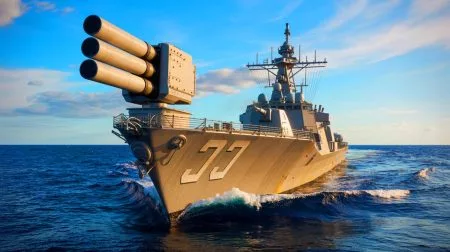
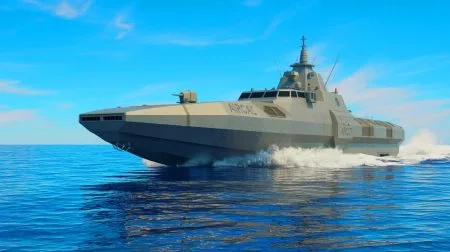
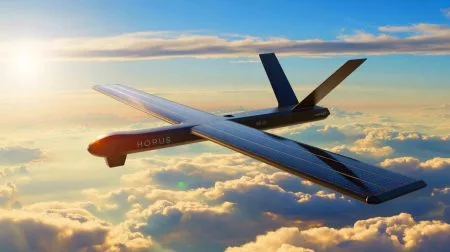

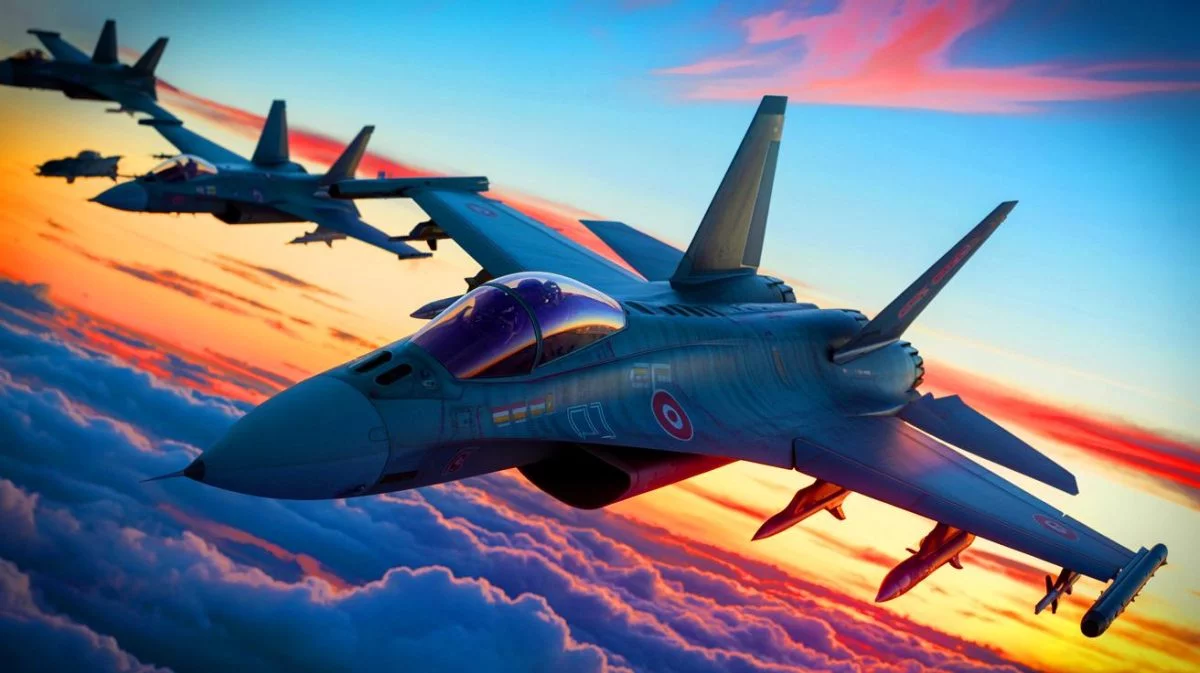
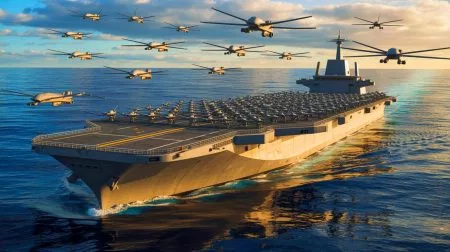
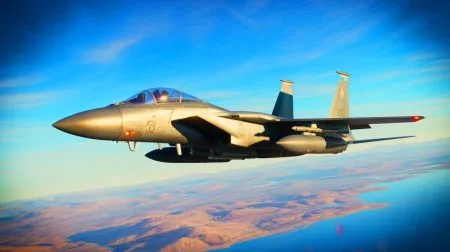
Is this just another case of too many cooks in the kitchen? 🤔
Thank you for shedding light on this complex issue! Much appreciated.
Why is Dassault so worried? This isn’t their first multinational project, right?
The €3.2 billion contract sounds massive! How does that compare to other defense projects?
Feels like a soap opera with Dassault and Airbus! 🍿
What exactly is a sixth-generation fighter and what makes it different?
Seems like the nEUROn project is the blueprint for success. Why not replicate it?
Is there a timeline for resolving these disputes, or are we in for a long wait?
Another example of the EU’s struggle with unity in diversity? 🤷♂️
This project seems more like a political tool than a defense necessity.